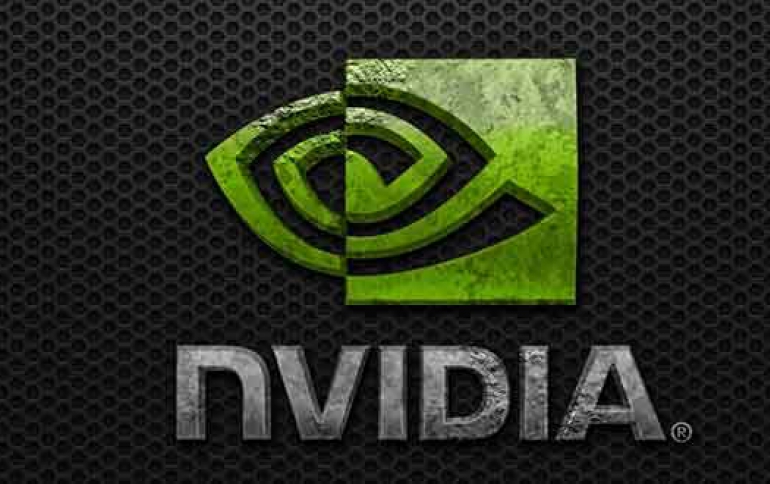
Computex: GeForce Partners Unveil Over 40 New Products based on NVIDIA's Max-Q Design
At Computex trade show, NVIDIA partners are unveiling more than 40 new gaming products, including 15 new laptops that incorporate new NVIDIA technologies like Max-Q - a design approach that enables gaming laptops to be 3x thinner with 3x more performance than previous generations - and WhisperMode, for quieter laptops.
Just five years ago, gaming laptops had all the attributes you'd want from a plate of nachos - hot, big and heavy. They ran so hot many came with a warning that wasn't meant to be ironic - "Do not place directly on lap." They also came with a big, bulky chassis that made cramming them into ordinary backpacks a challenge. And battery life was limited - gamers had to stay close to a power outlet. In addition, these systems just weren't competitive, in terms of performance.
NVIDIA is now bringing at Computex the Max-Q and WhisperMode technologies to solve these issues.
The Max-Q technology allows a GeForce GTX 1080 to be used in an ultraportable gaming notebook by reducing the GPU power consumption by half. It finds the most efficient tradeoff of performance and power for the GPU. NVIDIA says that its software balances work done on the CPU and GPU, optimizing the game settings and using advanced system design techniques for thermal management and power regulation.

WhisperMode is an ultra-efficient mode makes your plugged-in laptop run much quieter while gaming. It works by intelligently pacing the game's frame rate while simultaneously configuring the graphics settings for optimal power efficiency.
Max-Q-designed gaming laptops equipped with GeForce GTX 1080, 1070 and 1060 GPUs will be available starting June 27th from laptop OEMs and system builders, including Acer, Aftershock, Alienware, ASUS, Clevo, Dream Machine, ECT, Gigabyte, Hasee, HP, LDLC, Lenovo, Machenike, Maingear, Mechrevo, MSI, Multicom, Origin PC, PC Specialist, Sager, Scan, Terrans Force, Tronic'5, and XoticPC.
Partnerships with Server Manufacturers to Advance AI Cloud Computing
Computex Taipei is not all about PCs. Nvidia's focus is also the domination in the new era of "accelerated computing," or according to Nvidia, the increased use of a graphics processing unit together with a CPU to accelerate deep learning, analytics and engineering applications.
The company unveiled "a partnership program with the world's leading ODMs -- Foxconn, Inventec, Quanta and Wistron -- to more rapidly meet the demands for "AI cloud computing."
Through a partner program built around Nvidia's hyperscale GPU accelerator for AI and cloud computing, Nvidia hopes to provide each ODM with "early access to the Nvidia HGX reference architecture, Nvidia's GPU computing technologies and design guidelines," according to the company.
GPU-accelerated computing offloads compute-intensive parts of the application to the GPU, while the rest of the code runs on the CPU. Nvidia's goal is to enable accelerated computing "everywhere" from labs to academia and small and medium businesses.
Fueling Nvidia's efforts to drive AI cloud computing is a new HGX-1 hyperscale GPU accelerator, an open-source design released in conjunction with Microsoft's Project Olympus.
Because it's designed in a highly configurable manner to meet workload needs, Nvidia explained that HGX can easily and flexibly combine GPUs and CPUs for high performance computing, deep learning training and deep learning inferencing.
The standard HGX design architecture includes eight Nvidia Tesla GPUs in the SXM2 form factor, connected in a cube mesh using NVIDIA NVLink high-speed interconnects and optimized PCIe topologies.
As an upgradable path for HGX, pointing out that both NVIDIA Tesla P100 (based on Pascal) and V100 GPU (based on the newly launched Volta) accelerators are compatible with HGX.





















